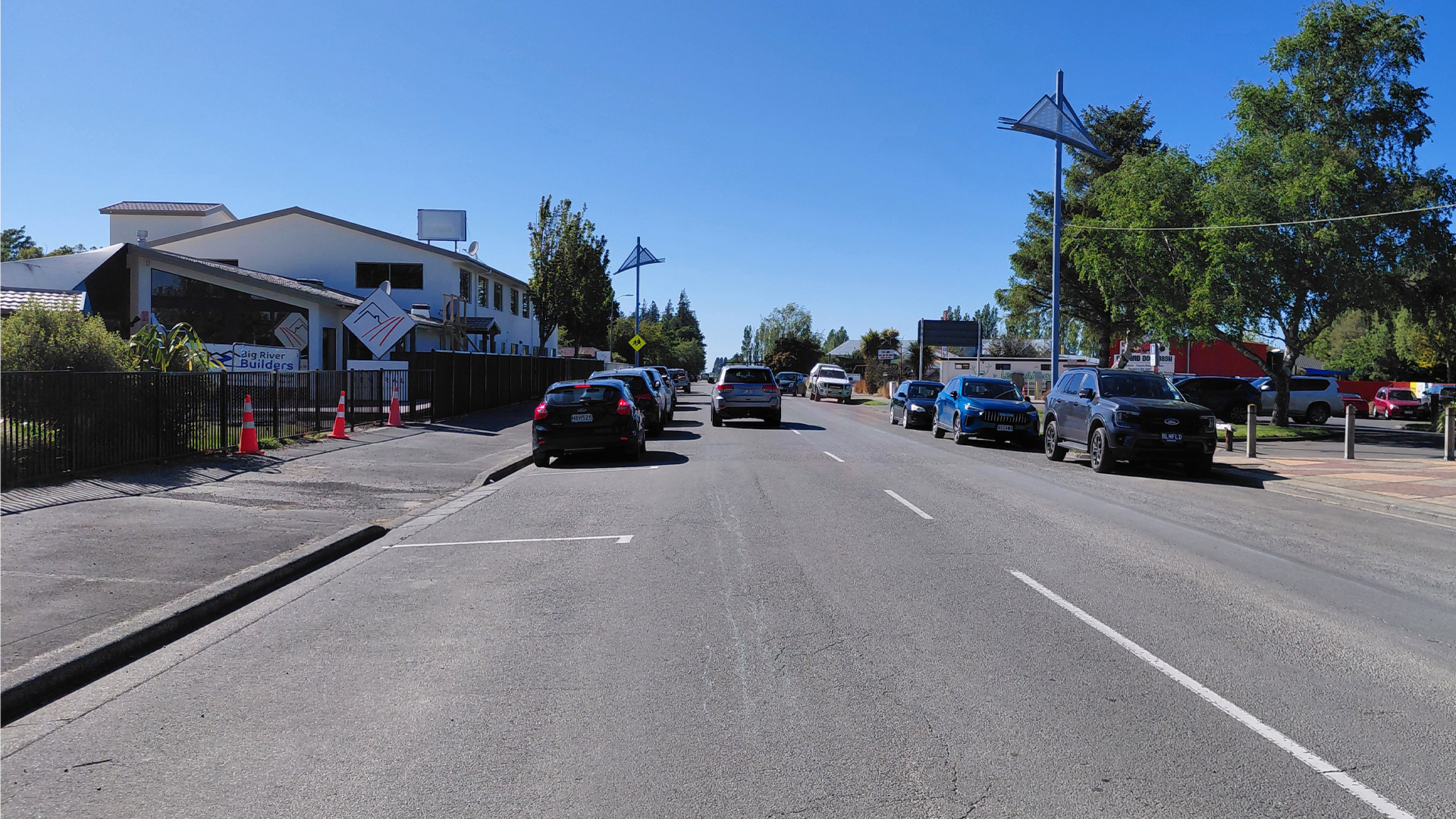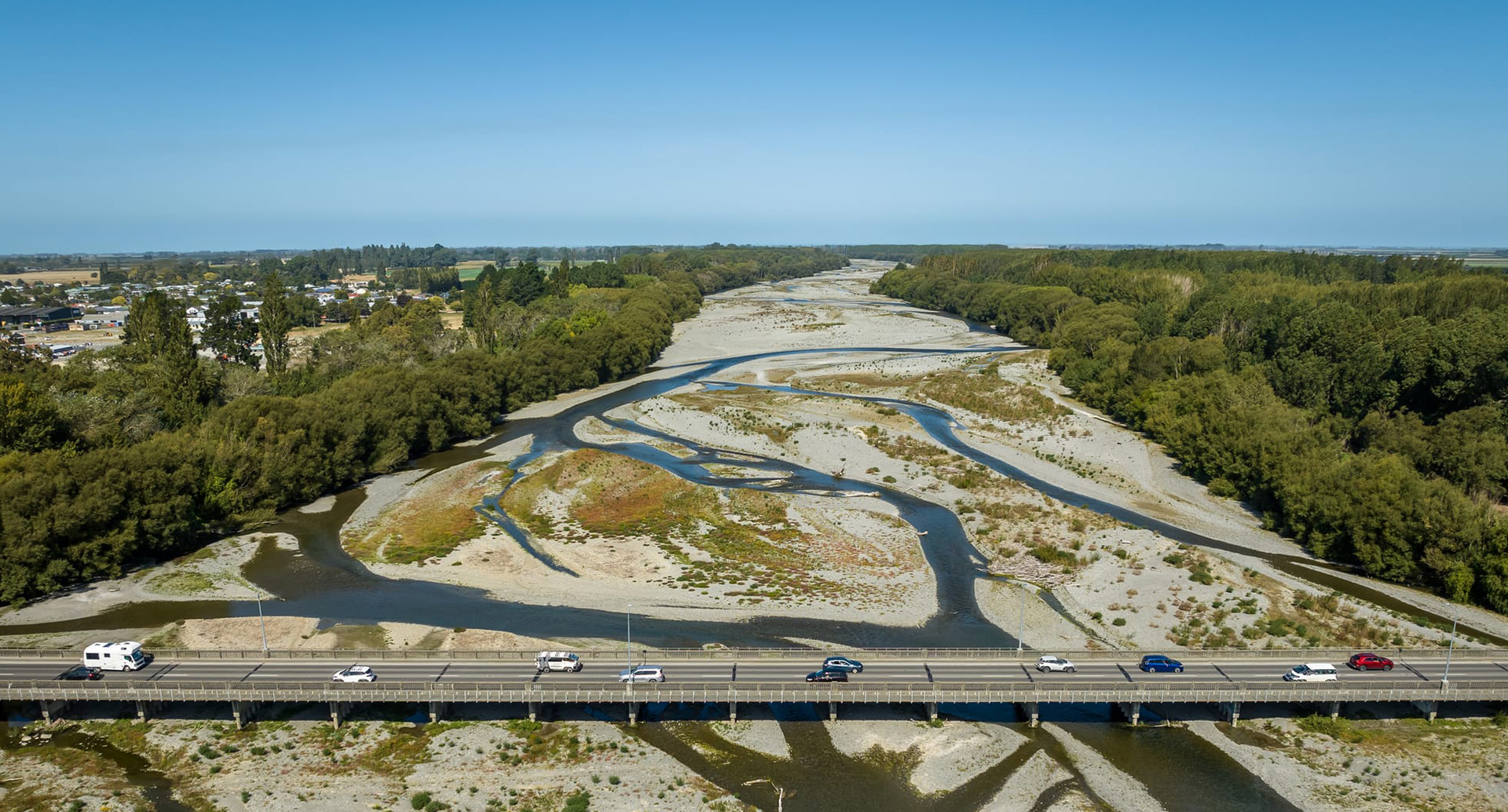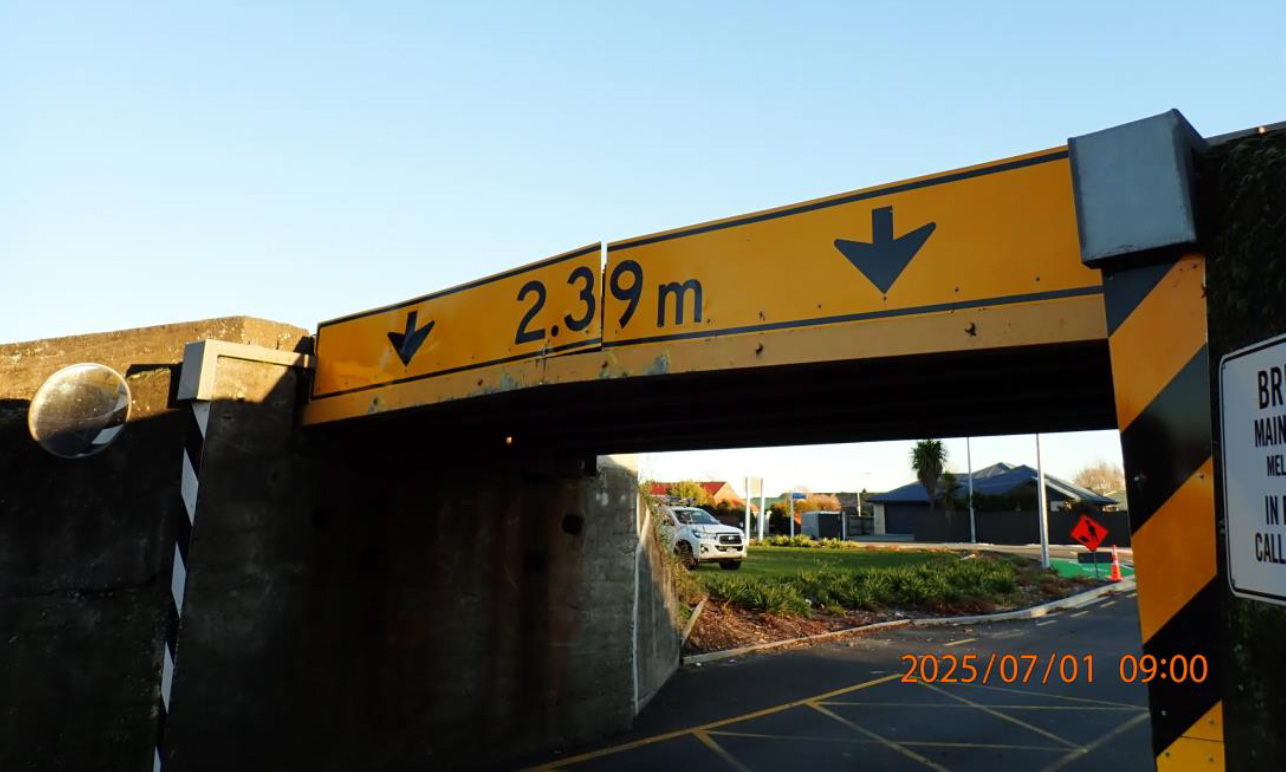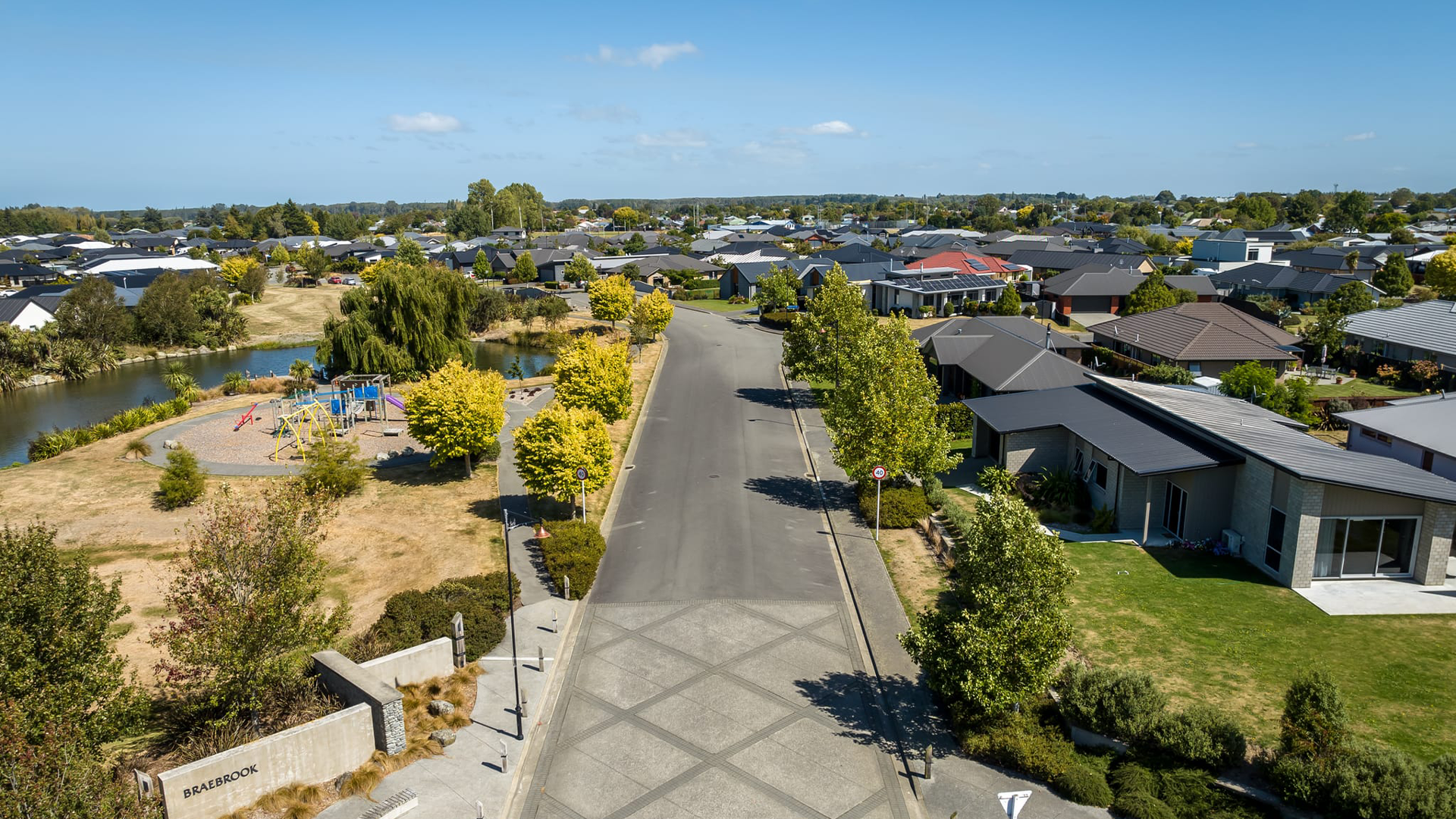Civil Defence: From response to recovery
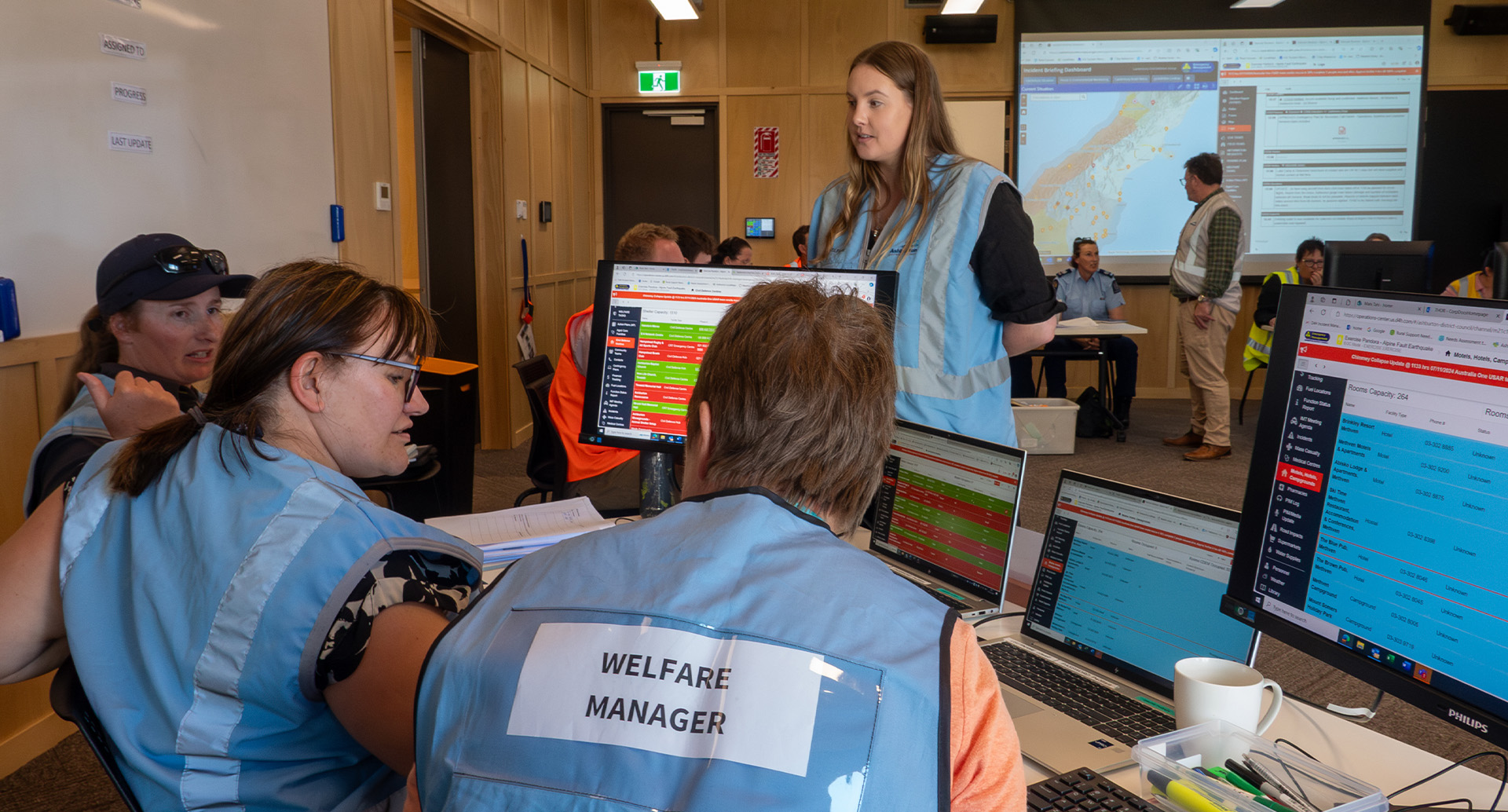
By Jim Henderson, Emergency Management Officer
What happens when there’s no longer a significant risk to people’s lives or property following a civil defence emergency?
The national media might move onto stories elsewhere, but the work continues for Civil Defence Emergency Management (CDEM) and the affected communities.
In large emergencies, CDEM coordinates the response, but we’re also tasked with leading the subsequent recovery, and we have a team dedicated to just this purpose.
While the initial response may last days or weeks, the recovery can last much longer. Just think of examples such as Cyclone Gabrielle or the Canterbury earthquakes, where the recovery phase has been measured in years.
Recovery can often be much trickier as well. The adrenaline and sense of community that is so strong during the initial stages of the response can wear off by the time we move into recovery, leaving people tired and stressed, and in the worst cases, feeling abandoned.
So, starting recovery early (even while the response is still underway), and doing it well is critical. It leads to better outcomes and supports community trust and confidence in the agencies responsible.
Given the importance of recovery, it’s perhaps surprising that up until now, recovery exercises have been rare in New Zealand.
However, Canterbury CDEM is co-ordinating a region-wide exercise called Whakahau in May, specifically for the purpose of testing our recovery plans and providing our volunteers with valuable experience.
Over two days, our team will respond to a recovery scenario set three weeks after a magnitude 8 rupture on the Alpine Fault.
The focus of the exercise will be smoothly transitioning from a State of Emergency into recovery and ensuring that our local and regional recovery plans are fit for purpose.
During recovery, we still operate out of the Emergency Operations Centre under the direction of a Recovery Manager, but we are much more focused on meeting the long-term needs of our community, whether that be displaced residents, broken infrastructure or a lack of tourism.
Our team is looking forward to getting stuck into the training, and we hope there will be more exercises like Whakahau, so we can continue to enhance the level of preparedness across the Canterbury region for recovery from a large event.
Jim's regular Civil Defence columns are first published in the Ashburton Courier
Share this article
Latest News
Warm welcome for top women golfers
Parking changes for Methven Chertsey Road
Wearable arts with wedding vibe
Second Ashburton Bridge: Trial piling completed
Tinwald viaduct under repair 1-19 December
Road Closures
WALNUT AVENUE
from 6 Dec 10:00 to 6 Dec 15:00
CREEK ROAD
from 6 Dec 10:00 to 6 Dec 15:00
CHALMERS AVENUE
from 30 Oct 7:00 to 4 Dec 18:00
SPAXTON STREET - LILLEY PLACE
from 20 Nov 7:00 to 19 Dec 18:00
CHALMERS AVENUE
from 19 Nov 7:00 to 19 Dec 18:00
View all Road Closures | Live map

